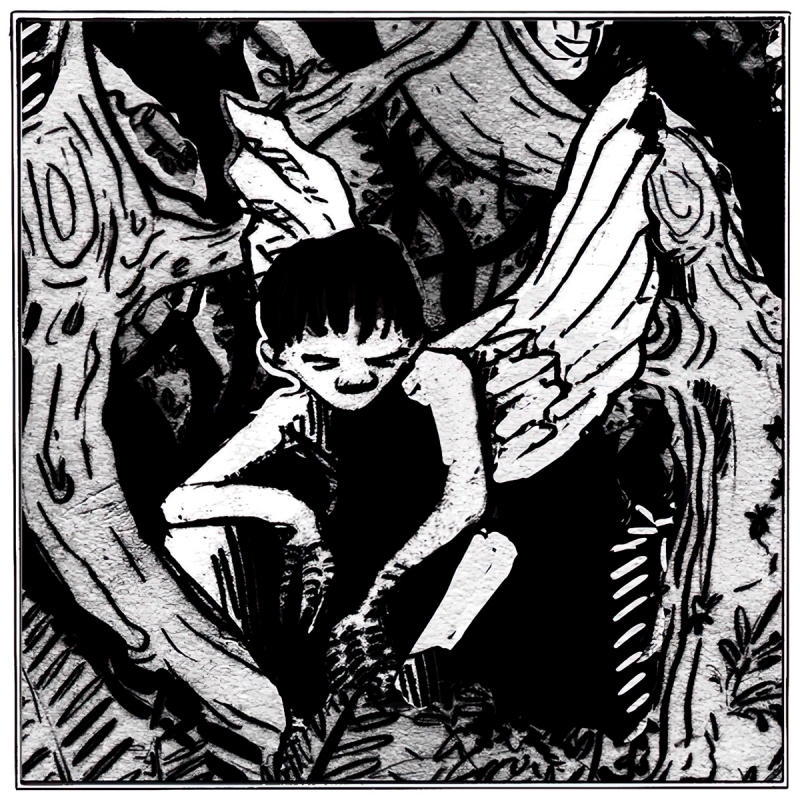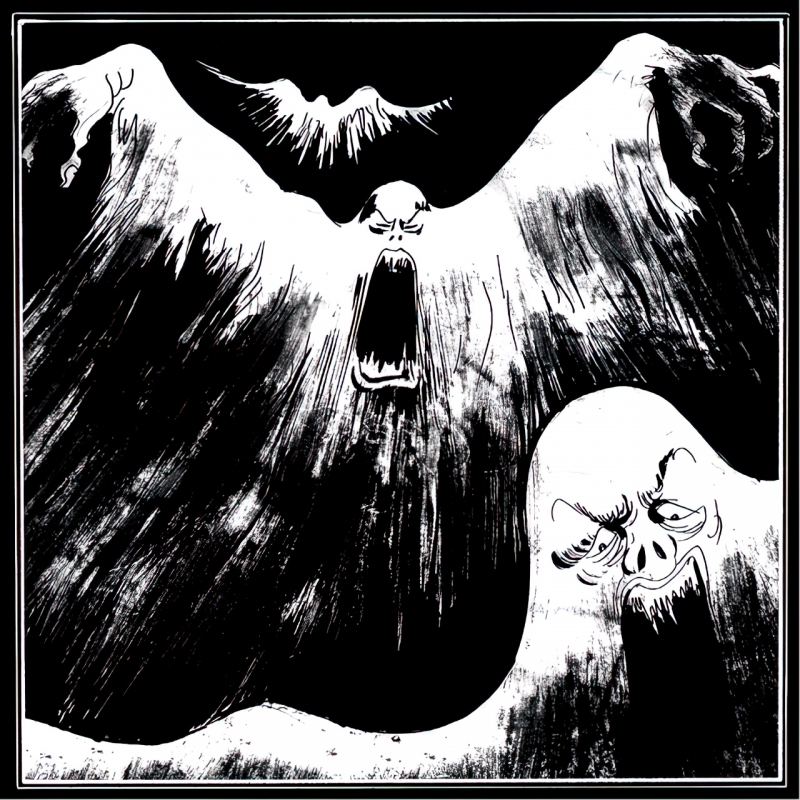Не замечаешь ничего странного, Странник? Нет? Странно...
Bestiary.us
энциклопедия вымышленных существБыстрый переход
- Сверхъестественное Бестиарий сериала "Сверхъестественное" ("Supernatural" series)
- Белорусский бестиарий Мифические существа, духи и демоны белорусского фольклора.
- Бестиарий «Волчонка» Материалы портала посвящены мифологии сериала "Волчонок" (Teen Wolf), различным легендам и поверьям о вервольфах и других существах, встречаемых в сериале.

